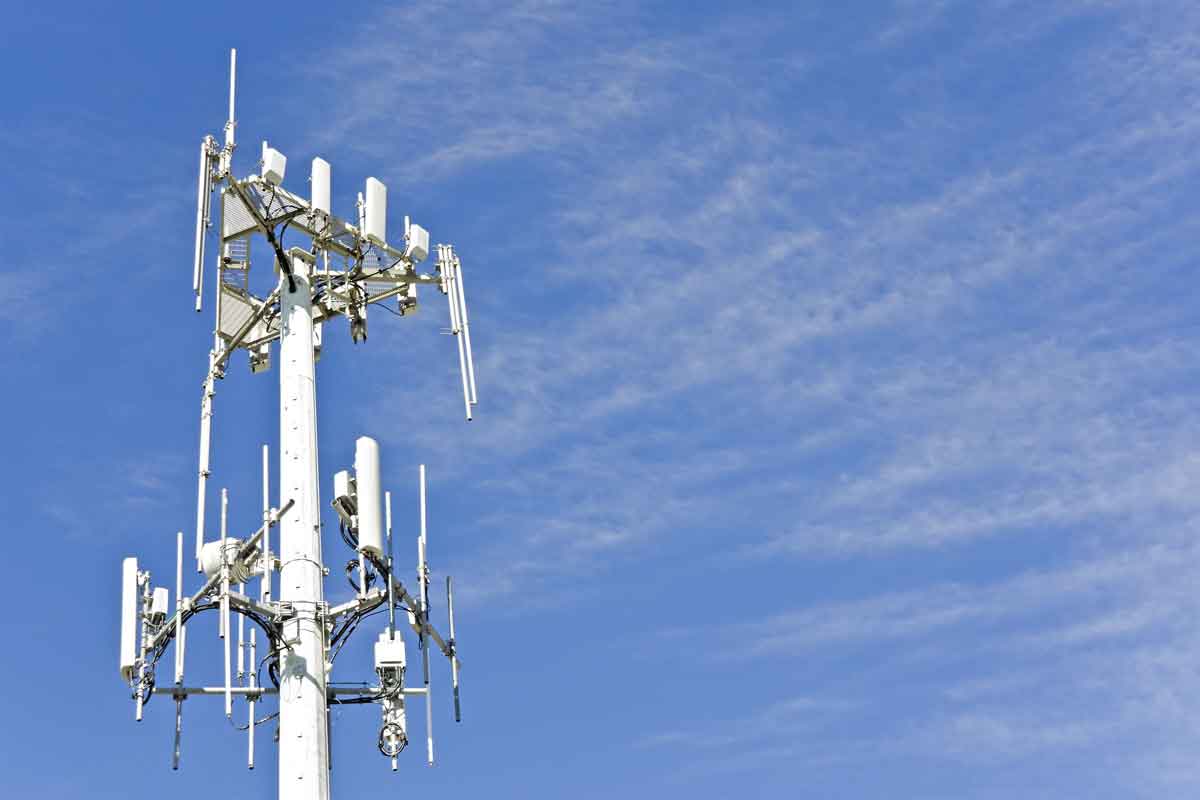If you've ever been through a city and spotted tiny mini 5G cell towers on the poles of street lights. They appear like tiny boxes however, they're actually transmitting wireless signals from mobile providers to your phone.
https://medina-mccullough.thoughtlanes.net/what-lengths-away-from-some-sort-of-5g-mobile-structure-should-you-be-1682558250 are being replaced by the larger, purpose-built cell towers. Although they're not as visible but they can still create issues for users.
It is the FCC's Radiation Exposure Thresholds
The FCC's Radiation Exposure Thresholds define the maximum amount of time an individual can be exposed to electromagnetic energy from wireless devices. The limits for exposure are based upon scientific research which show that the energy of RF can be harmful to human health.
The absorption rate specific (SAR) is a measure of the radiofrequency energy absorbed by tissue. It's typically 1.6 milliwatts per kilogram averaged over one kilogram of tissue.
But, since 5g operates at higher frequencies, it has the potential to cause greater energy intensity on the skin and other exposed body areas. This can result in many potential problems, including an increased the development of skin conditions like dermatitis, skin cancer and cataracts.
Because of the potentially harmful effects of radiation from 5G, PSU has chosen to set a general localized power density limit of 4 mW/cm2 averaged on 1cm2, and never to exceed 30 minutes, for all 5G services at 3000 GHz. This limit for localization is in line with the highest spatial-average SAR of 1.6 W/kg, which is averaged over 1 grams of tissues at six GHz.

The FCC's Maximum Exposure Thresholds
Have you ever used a mobile phone, you probably know that the safest range from the tower is at least 400 meters. This is due to the transmitting power of cell towers increases drastically the further away you are from it.
While it sounds like an ideal idea however, people who live close to towers might be more susceptible to health issues. For instance, a study conducted in 2014 in India found that those living within 50 meters of cell towers experienced significantly more health complaints than those living further distance from them.
But, the study found that people who moved to areas further away from the cell towers saw their symptoms return to normal within a few days. Another study has demonstrated that exposure to extreme levels of radiofrequency electromagnetic fields (EMFs) can cause brain tumors, cancer as well as other health issues.
This is because the RF radiation utilized in wireless communications, can penetrate the human body's exterior layer, which is the skin. This is vital to be aware of because the skin acts as a barrier to protect against mechanical injury, infection from pathogenic microorganisms, as well as infiltration of toxic substances. Additionally, it is the largest organ of the human body and is responsible for maintaining the integrity of other organs.
The FCC's Minimum Exposure Thresholds for the Minimum Exposure
The FCC's Minimum Exposition Thresholds are based upon various assumptions that aren't supported by scientific evidence. These include the erroneous assumption that short-term exposures to RF radiation is safe due to the limited absorption into body (i.e. the heating of tissues).
Click here! overlooks the more extensive penetration of ELF parts of the modulated RF signal, as well as the effect on the body of short bursts generated by RF waves that are pulsed. These assumptions are not in line with current understanding of the biological consequences of RF radiation. Therefore, safe distance from cell tower should not be relied upon for health-protection exposure standards.
Additionally to that, ICNIRP and FCC are limiting its maximum levels of radiation exposure for local peak SARs based on the peak speed of spatial absorption (psSAR) which is an inadequate dosimetric tool for determining the level of exposure to RF radiation. In particular the psSAR tool is not accurate when frequencies exceed 6 GHz. Additionally, psSAR hasn't been evaluated for RF radiation that is exposed to other agents of the environment such like sunlight. In the event of interactions, RF radiation with other agents in the environment could cause synergistic or antagonistic effects. This could result in an increased risk of negative health consequences. For example, co-exposure to RF radiation and sunlight could raise the chance of developing skin cancer and exacerbate other skin diseases such as acne.
